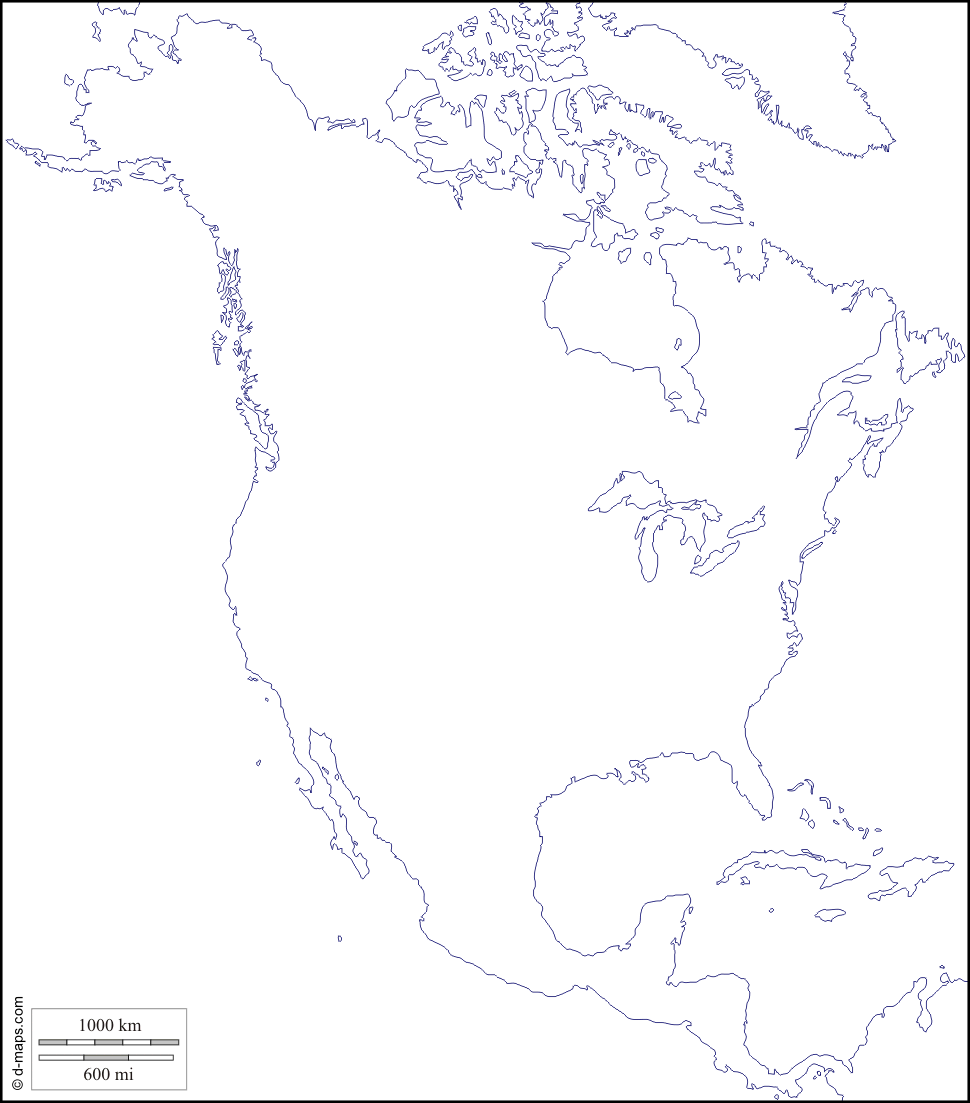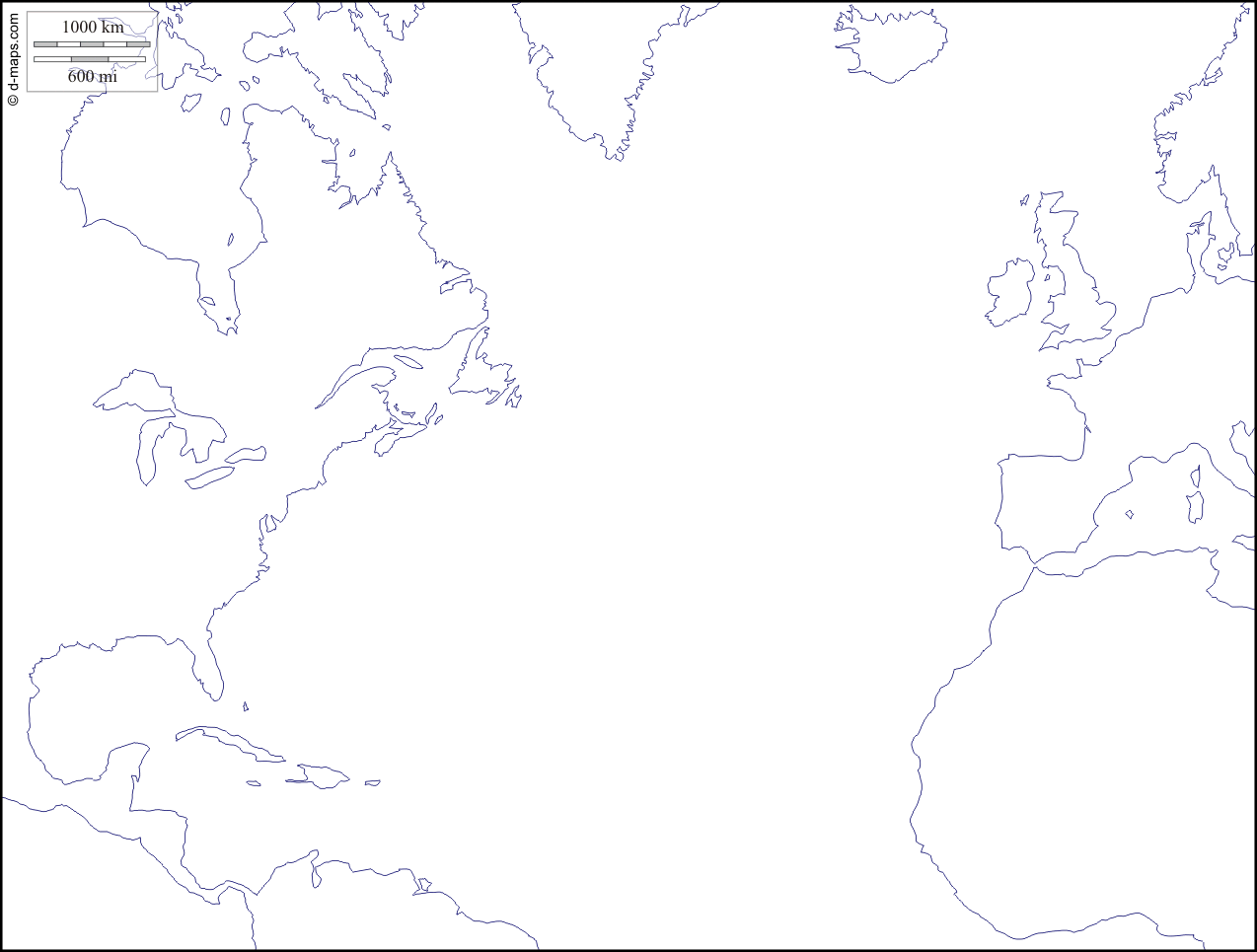P1 Midterm In-Class Review
Period 1 In-Class Review Name: ___________________________
APUSH Block: ____
Directions: You and your group will be working through this worksheet in class today. Please finish the worksheet before leaving class. The material that you will be reviewing together will be pertinent to your Midterm.
Section I - American Indians
Directions: Use the description to help complete the tasks on the next page.
American Indian Regions
- The climate in what is now the US dictated much of the lifestyles of American Indians pre-contact.
- The Eastern Woodlands and Mississippi River Valley contained Semi-Permanent movement patterns with a mixed (hunter-gather part of the year, agriculture the other) lifestyles. Three Sisters farming was a large part of this lifestyle, including a heavily matrilineal influence. Maize cultivation in the Mississippi River Valley lead to larger civilizations like Cahokia.
- The Great Lakes, Great Plains and Great Basin contained mobile movement patterns with hunter-gatherer lifestyles. Many tribes organized themselves by family, but identified over a large area, especially in the Great Lakes region. These tribes travel great distances in search of game and food.
- The Southwest and Mesoamerica (Mexico and Central America) contain permanent movement patterns with an agricultural lifestyle. Although the Southwest were small due to harsh growing conditions, the Mesoamerican tribes like the Aztecs and Mayans were enormous due to good growing conditions for maize.
- Lastly, the West Coast has a permanent movement pattern with a mixed lifestyle. The West Coast incorporated many warrior tribes and included advanced fishing.
Task: list all regions that fit the category on the left. Movement characteristics are listed first, then lifestyles. Use the Period 1 notes from the Google Classroom, or the internet, to find one specific tribe example for each category.
| American Indian Lifestyles | ||
| Category | List all regions that fit this description | Find and list an example of one specific tribe |
| Permanent movement | ||
| Semi-Permanent movement | ||
| Mobile movement | ||
| Agricultural Lifestyle | ||
| Mixed Lifestyle | ||
| Hunter-Gatherer Lifestyle | ||
Task: on the map below, diagram the eight American Indian regions list above on the map of North America below.

Citation: map taken from http://d-maps.com/carte.php?num_car=1397&lang=en. Terms and conditions of the use of this map can be found at: http://d-maps.com/conditions.php?lang=en.
Section II - Columbian Exchange
Directions: Use the graphic and the chart below to help complete the tasks that follow.
| The Columbian Exchange | ||
| Category | From Europe to America | From America to Europe |
| Foodstuffs | Wheat, Sugar, Rice and Coffee | Corn, Potatoes, Tomatoes, Tobacco and Beans |
| Animals | Horses, Cows, Pigs and Rats (disease) | Turkeys, Llamas and Alpacas |
| Disease | Smallpox, Measles, Bubonic plague and Influenza | Syphilis, Polio and Hepatitis |
The Columbian Exchange (from the Khan Academy - citation below)
- As Europeans traversed the Atlantic, they brought with them plants, animals, and diseases that changed lives and landscapes on both sides of the ocean. These two-way exchanges between the Americas and Europe/Africa are known collectively as the Columbian Exchange.
- Of all the commodities in the Atlantic World, sugar proved to be the most important. Indeed, in the colonial era, sugar carried the same economic importance as oil does today. European rivals raced to create sugar plantations in the Americas and fought wars for control of production. Although refined sugar was available in the Old World, Europe’s harsher climate made sugarcane difficult to grow. Columbus brought sugar to Hispaniola in 1493, and the new crop thrived. Over the next century of colonization, Caribbean islands and most other tropical areas became centers of sugar production, which in turn fueled the demand to enslave Africans for labor.
- Though of secondary importance to sugar, tobacco also had great value for Europeans as a cash crop—a crop cultivated for sale instead of personal consumption. Native Americans had been growing tobacco for medicinal and ritual purposes for centuries before European contact, believing tobacco could improve concentration and enhance wisdom. To some, its use meant achieving an entranced, altered, or divine state.
- Tobacco was unknown in Europe before 1492, and it carried a negative stigma at first. The early Spanish explorers considered native people's use of tobacco to be proof of their savagery. However, European colonists then took up the habit of smoking, and they brought it across the Atlantic. Europeans ascribed medicinal properties to tobacco, claiming that it could cure headaches and skin irritations. Even so, Europeans did not import tobacco in great quantities until the 1590s. At that time, it became the first truly global commodity; English, French, Dutch, Spanish, and Portuguese colonists all grew it for the world market.
- Native peoples also introduced Europeans to chocolate, made from cacao seeds and used by the Aztec in Mesoamerica as currency. Mesoamerican Indians consumed unsweetened chocolate in a drink with chili peppers, vanilla, and a spice called achiote. This chocolate drink—xocolatl—was part of ritual ceremonies like marriage. Chocolate contains theobromine, a stimulant, which may be why native people believed it brought them closer to the sacred world.
- The crossing of the Atlantic by plants like cacao and tobacco illustrates the ways in which the discovery of the New World changed the habits and behaviors of Europeans. Europeans changed the New World in turn, not least by bringing Old World animals to the Americas. On his second voyage, Christopher Columbus brought pigs, cows, chickens, and horses to the islands of the Caribbean. Many Native Americans used horses to transform their hunting and gathering into a highly mobile practice.
- Travelers between the Americas, Africa, and Europe also included microbes: silent, invisible life forms that had profoundly devastating consequences. Native peoples had no immunity to Old World diseases to which they had never been exposed. European explorers unwittingly brought with them chickenpox, measles, mumps, and smallpox, decimating some populations and wholly destroying others. One disease did travel the other direction—syphilis, a lethal sexually transmitted disease, came with travelers from the New World to Europe for the first time.
- The Columbian Exchange embodies both the positive and negative environmental and health results of contact as well as the cultural shifts produced by such contact.
Citation: Khan Academy. “The Columbian Exchange (Article).”Khan Academy, www.khanacademy.org/humanities/ap-us-history/period-1/apush-old-and-new-worlds-collide/a/the-columbian-exchange-ka. This article is licensed under a CC-BY-NC-SA 4.0 license.
Task: on the map below, diagram the Columbian Exchange, inclusive of foodstuffs, animals and disease going both ways across the Atlantic Ocean.

Citation: map taken from http://d-maps.com/carte.php?num_car=3201&lang=en. Terms and conditions of the use of this map can be found at: http://d-maps.com/conditions.php?lang=en.
Teacher Check
Directions: After you and your group have finished this Period 1 review, you will bring it up to me to be checked and discussed. After your full completion and discussion, you will get a stamp below to indicate completion. You’ll keep this packet to help study for the Midterm, then turn it in the day of your midterm. You will get credit for completing this assignment only if you have the stamp.
| Check Stamp |
Period 1 Midterm In-Class Review | APUSH |